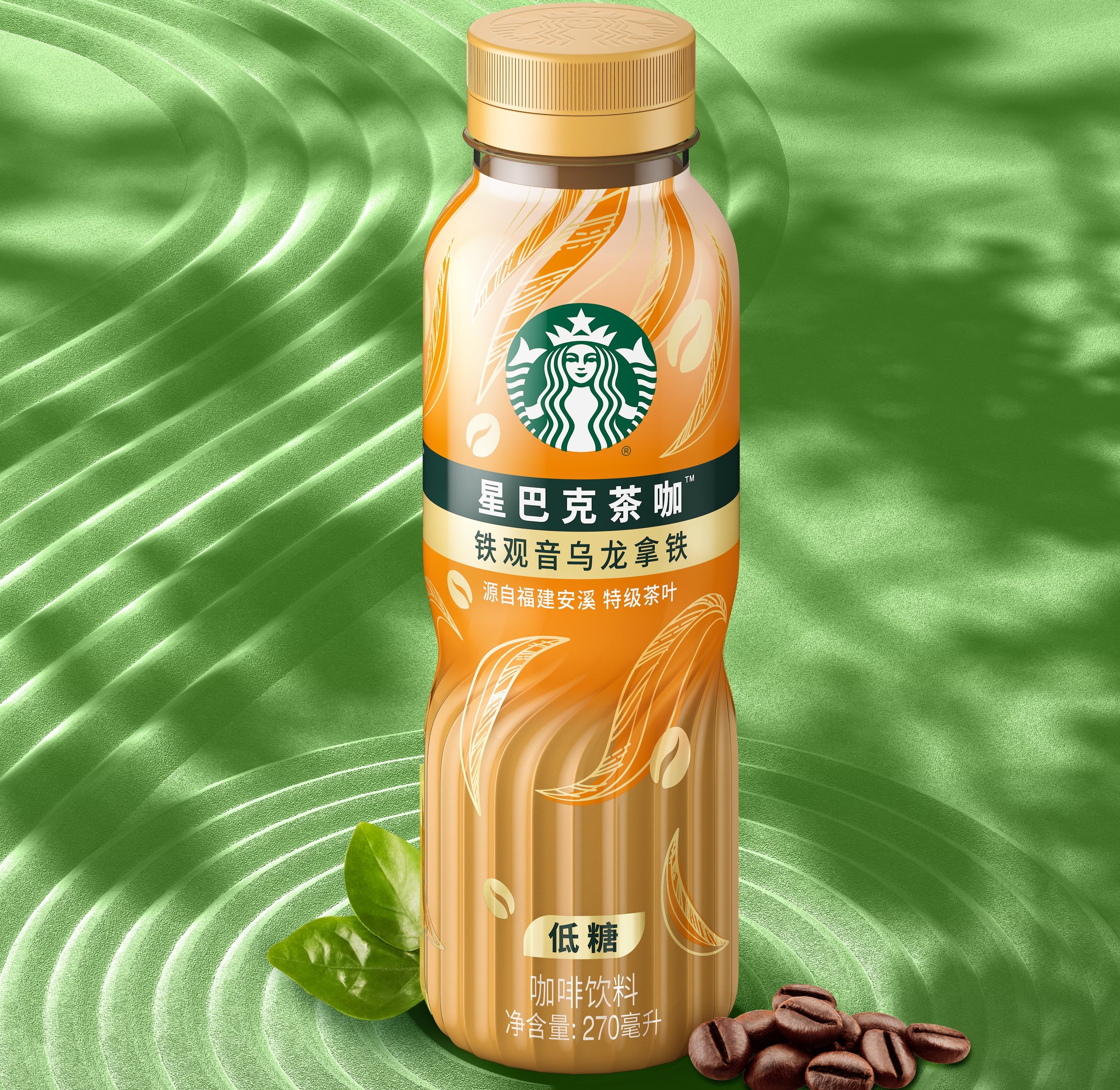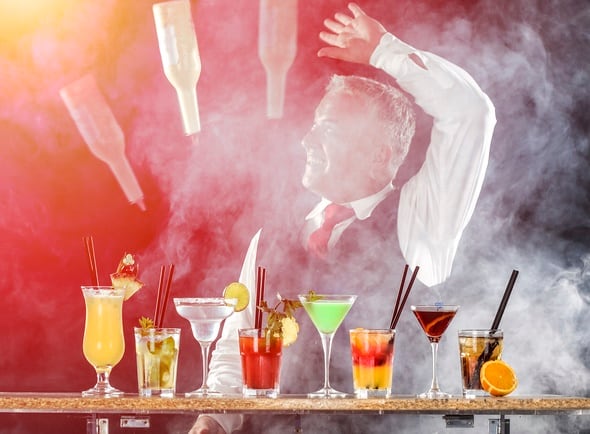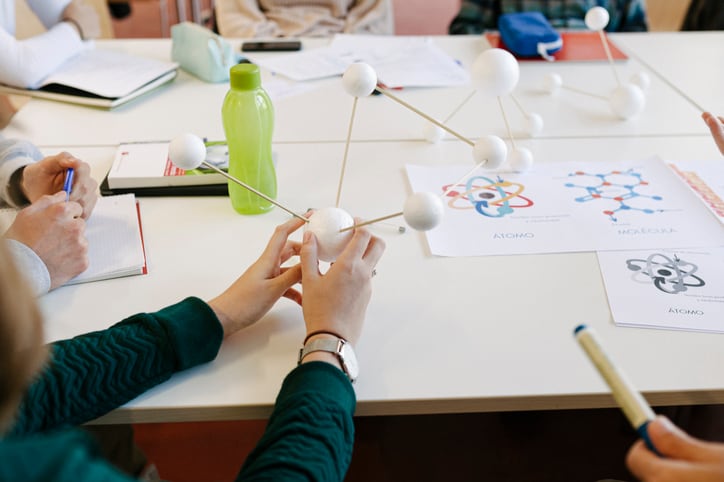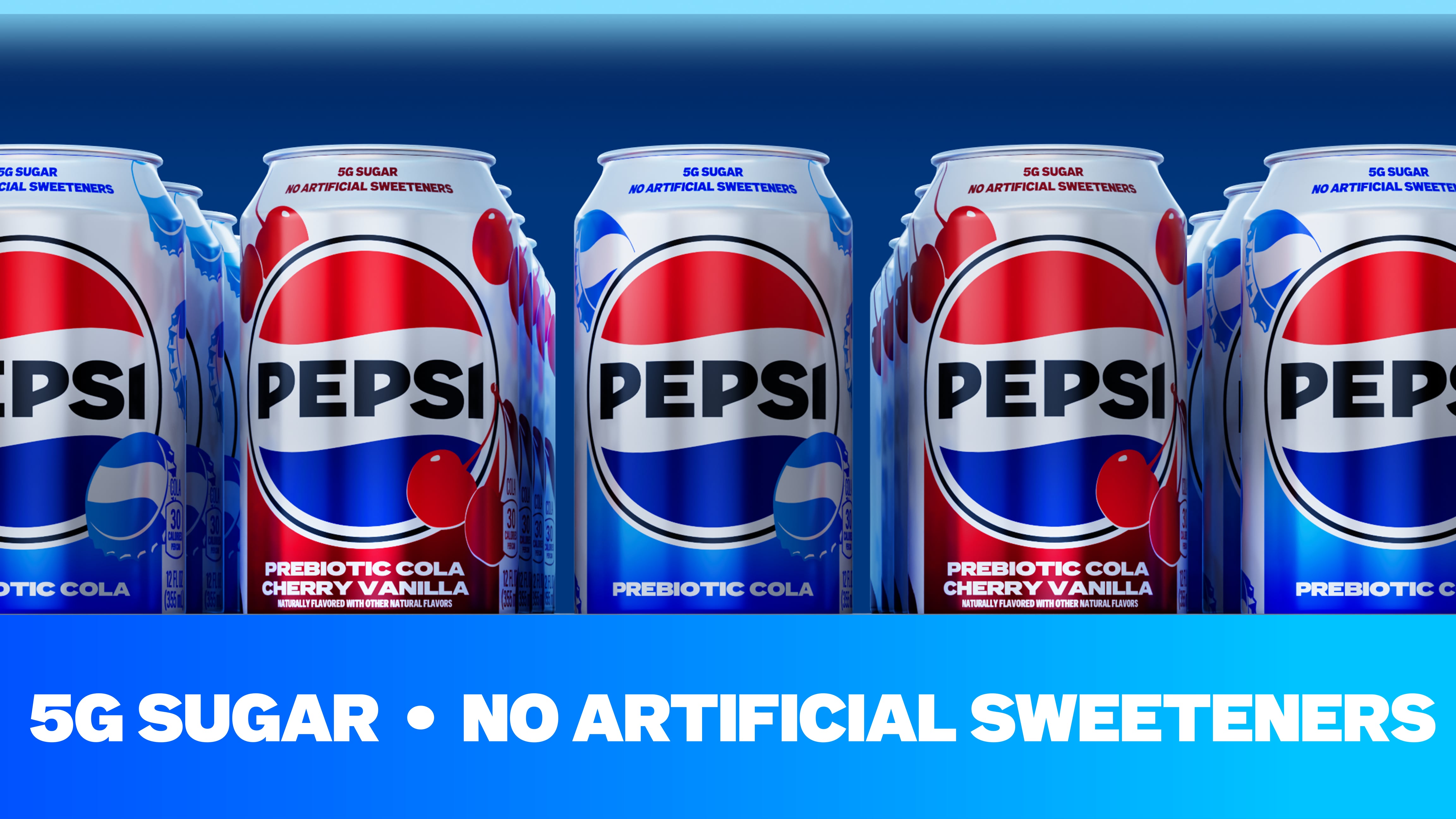Beverages made up 30% of all entries in this year’s awards, with ‘sustainability-led creativity’ leading the charge.
What’s sustainability-led creativity? It’s where eco-innovations are fused with bold visual storytelling and a move beyond being a receptacle towards being an object of art, spectacle, or celebration.
“Sustainability was once a box to be ticked by brands,” Adam Ryan, head of Pentawards, told us. “But if our shortlist this year is anything to go by, the drinks industry isn’t just ticking that box – it’s tearing it up and building something far more imaginative in its place.
With new consumer expectations and circularity creeping up the legislative agenda, drinks brands are not just adapting –they are designing their way to the front of the pack.
So, what are some of the top innovations on the Pentawards drinks shortlist?
Top beverage packaging design innovations
First of all, there’s leaps and bounds in sustainability and exploring alternative formats.
Take, for example, Johnnie Walker’s world-first ultra-light glass bottle, which comes in at just 180g.

And Roam’s carbonating refill system show how packaging choices are now defining the very product itself.
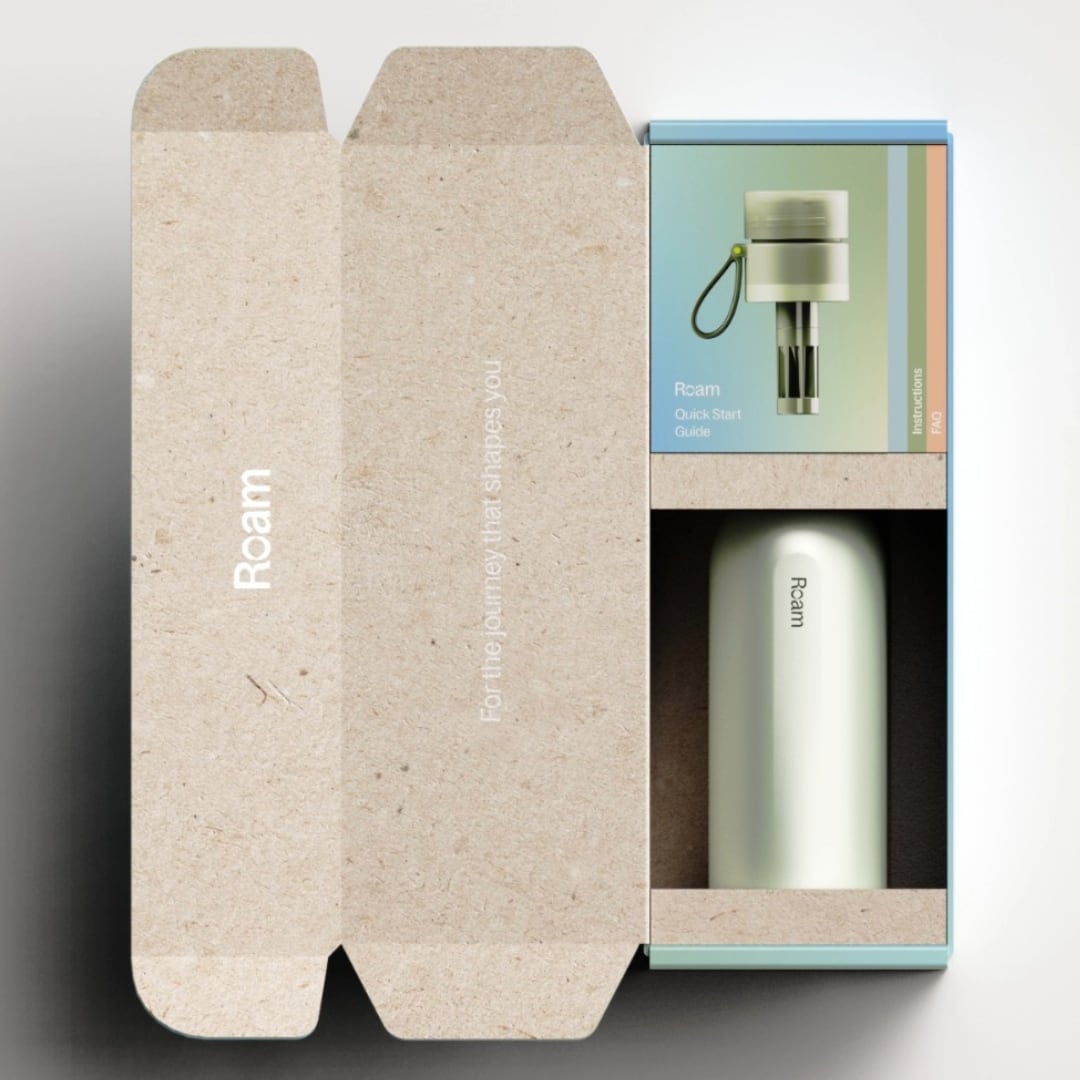
Then there’s Bailey’s world-first dry molded fiber bottle; and Rock Liquor’s eco-friendly packaging.
Nowhere is the significance of this trend more evident than in heritage brands: where rarity and embellishment once signified value, now it’s innovation and responsibility which drive desirability.
And this is joined by an important element of theatricality: turning bottles from packaging into objects of art, spectacle or celebration. This often includes experiential artefacts, with reusable, collectable or sustainable features.
Take, for example, “The Whimsical Watering Can by Hendrick’s Gin”.
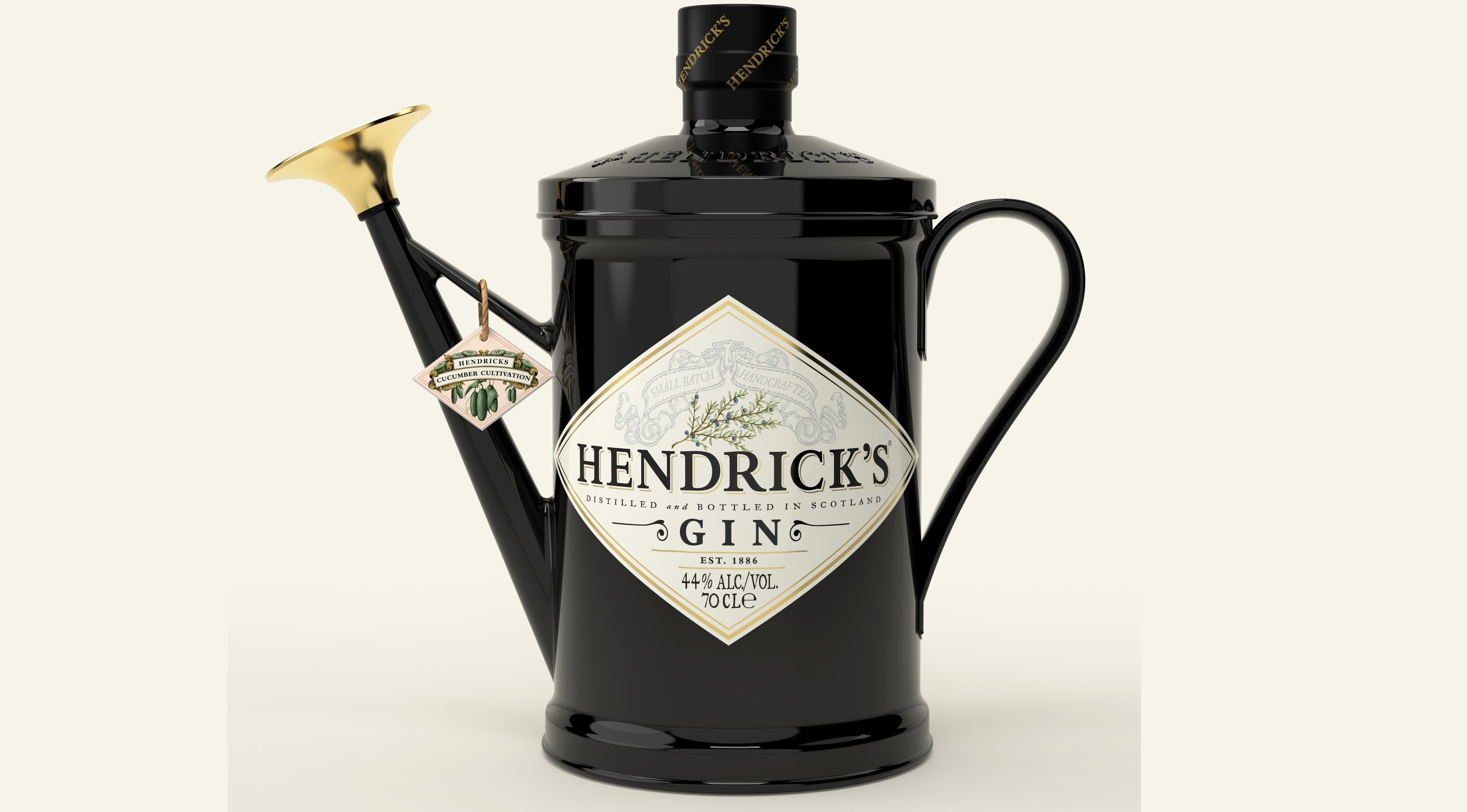
Then there’s Johnnie Walker’s Blue Label Ice Chalet.
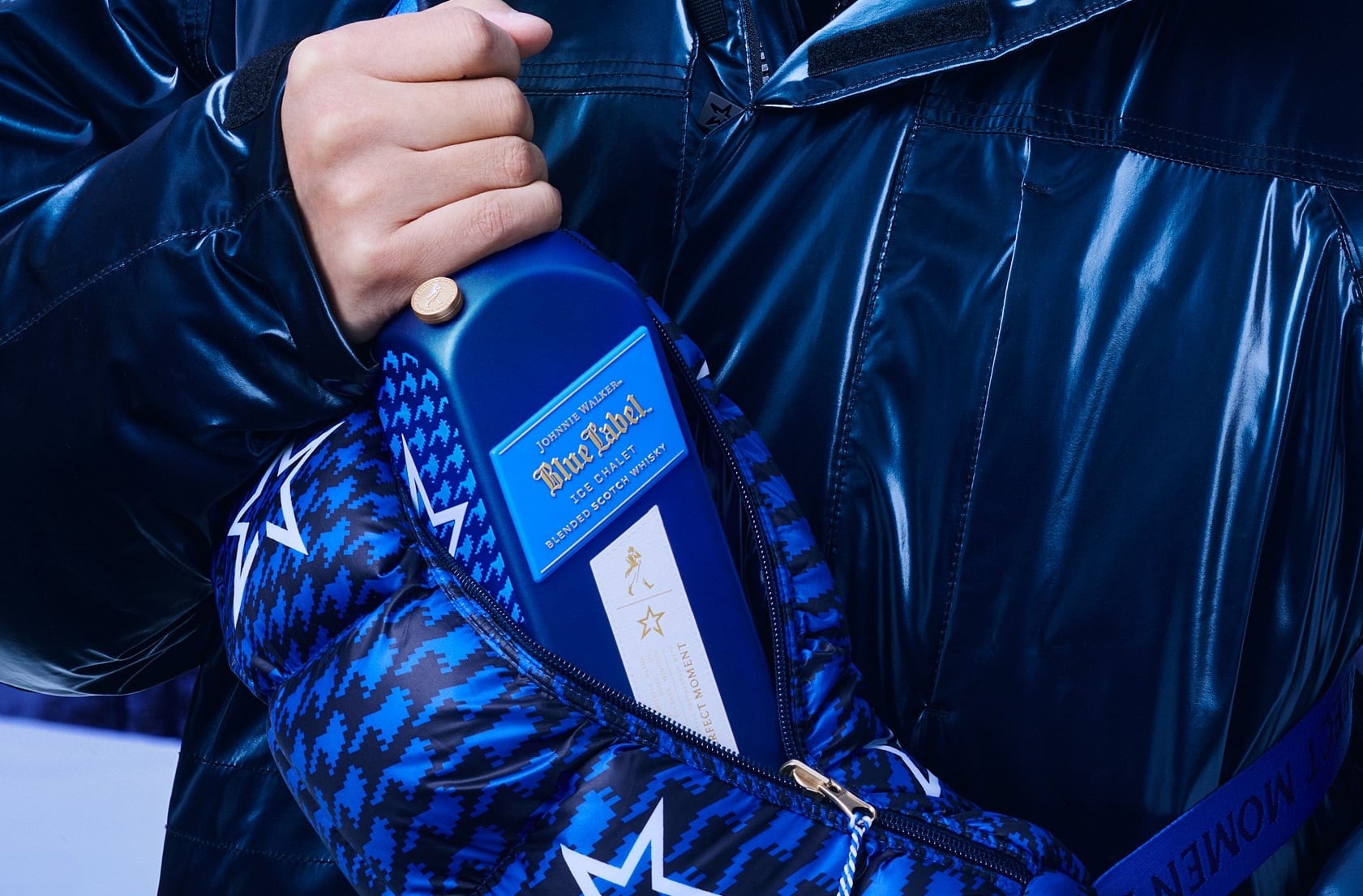
And DOM PÉRIGNON X Jean-Michel Basquiat.
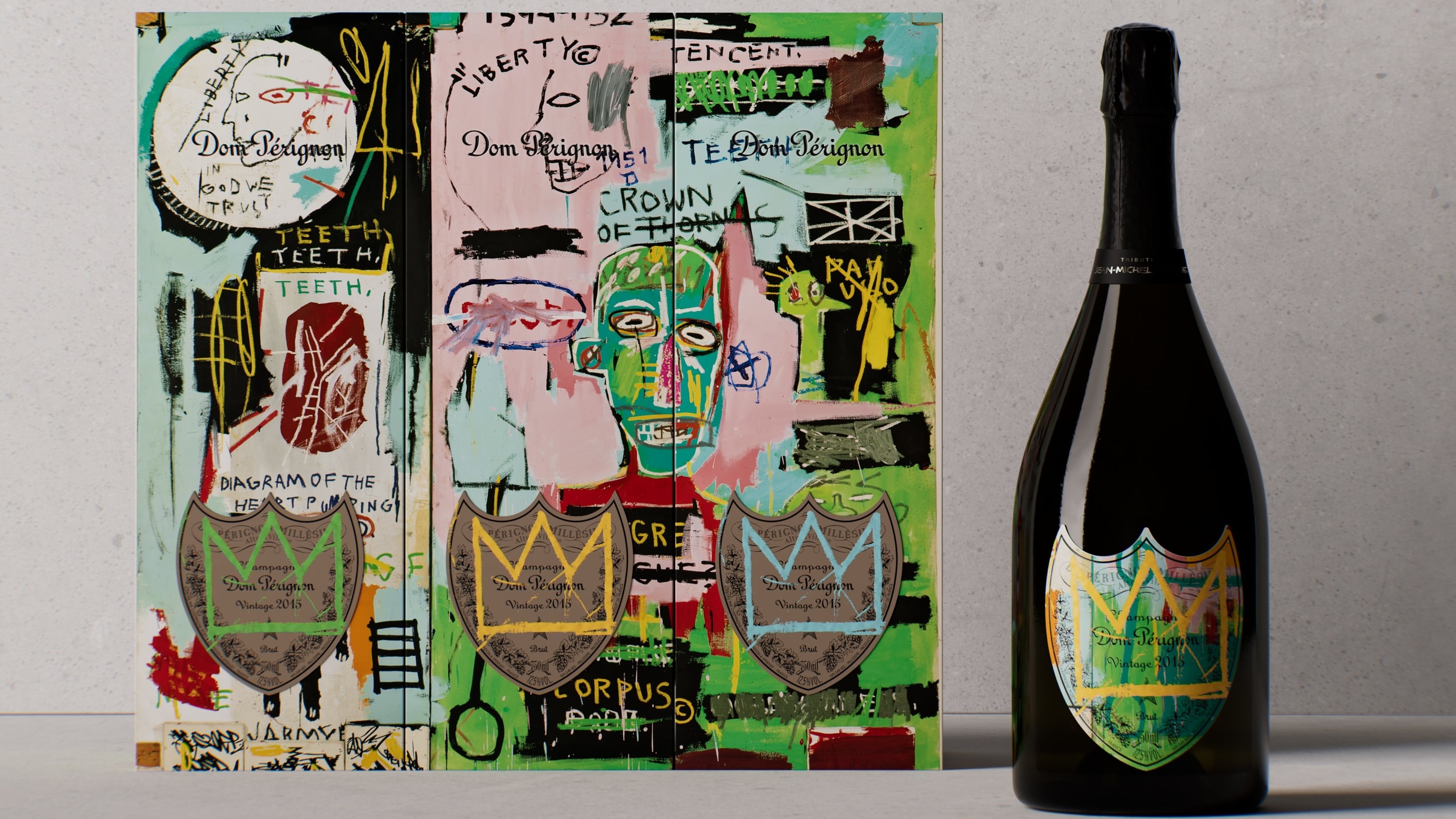
And this is no longer just about alcohol.
Alcohol-free spirits such as Smiling Wolf, Maia, Wilderton Aperitivo Co and Bero show how brands are investing in design that reflects sophistication, ritual and maturity. Such brands are showing consumers they’re a premium alternative.
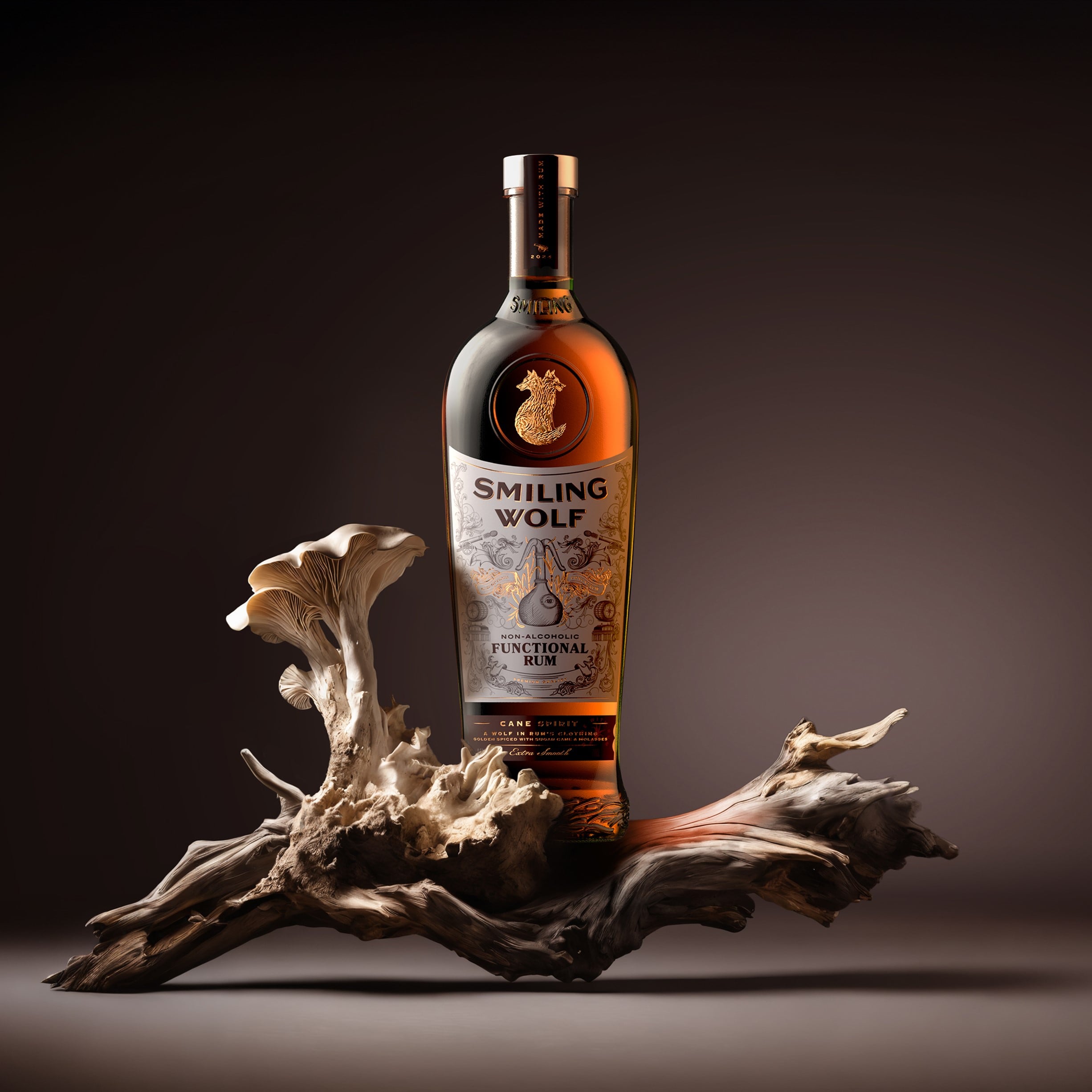
Meanwhile, beer and cider is leaning into craft cues: increasingly focusing on terroir, locality and provenance. Such identities are not just visual: they’re deeply experiential, tied to storytelling around the occasion, ingredients or environment.
Coffee and tea moves from a daily essential to a ‘hotbed for material innovation and cultural fusion’
The tea and coffee subcategories show an unusually prolific level of innovation: showing how far the category has gone beyond its traditional image as a day-to-day drink to one that’s highly innovative and imaginative.
Craft infusions, functional benefits and RTD concepts are now shaking up the category.
Wake Up Cold Brew, Sahar Sun Coffee Milk, and LYV Coffee suggest a collision of wellness, convenience, and sustainability.
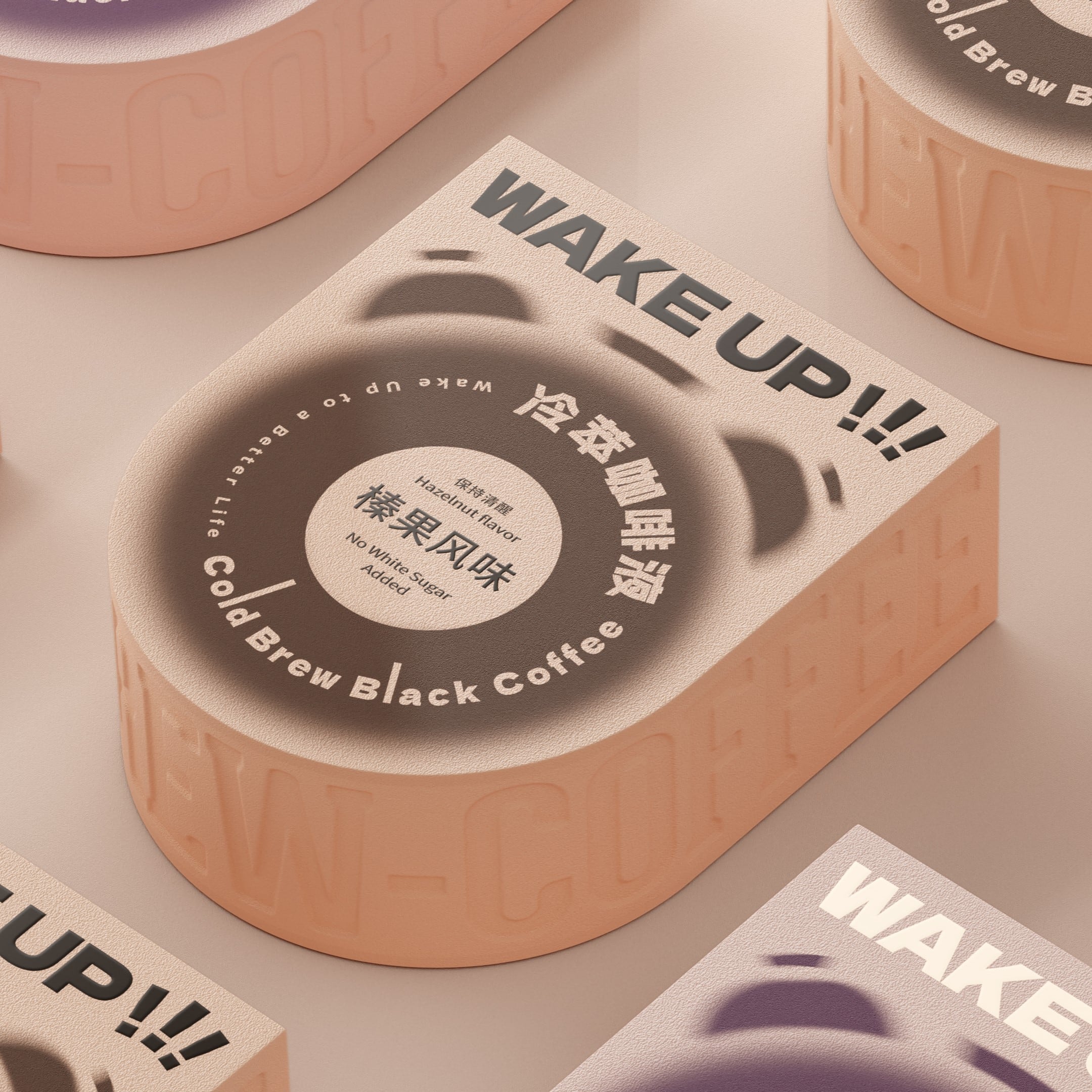
And concepts like Starbucks’ “Cha Ka” (Tea-Coffee fusion) also show how cultural storytelling is being baked into product formats and design language.
